Egg shell membrane – Easter Eggs
 Apr 04, 2015 • 5:02 PM UTC
Apr 04, 2015 • 5:02 PM UTC Unknown Location
Unknown Location 140x Magnification
140x Magnification Microorganisms
Microorganisms
Manu Prakash
I am a faculty at Stanford and run the Prakash Lab at Department of Bioengineering at Stanford University. Foldscope community is at the heart of our Frugal Science movement - and I can not tell you how proud I am of this community and grassroots movement. Find our work here: http://prakashlab.stanford.edu
266posts
1192comments
42locations
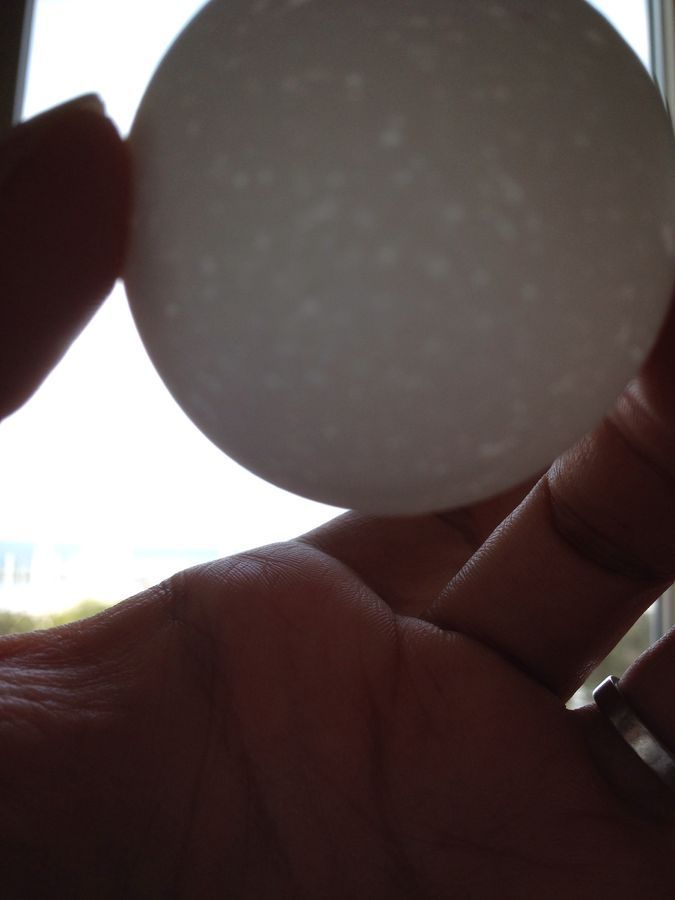
I hear that this weekend is Easter egg hunt – and everyone goes around looking for beautifully decorated eggs. I also learned that you can trade your Easter egg for a candy. All that is good; but that got started me on the path of thinking – an egg is beautiful by itself. Why paint on top of it (which would be a thin membrane of paint); when at a microscopic scale – it’s already so beautiful.
Firstly, let’s talk about the shape. It’s a marvel in itself – the iconic “egg” shape. That demands several mathematical delights in itself; but I wanted to explore more of the microstructure of the egg shell – and particularly the thin little membrabe that peels off everytime you break an egg. Speaking of breaking eggs; by wikipedia accounts – nearly 24billion eggs are broken at facilities that process eggs in United States alone. That is Billion with a “B” – imagine what you could do with that many egg shells. I am not sure about this number; but here is the wikipedia link:
http://en.m.wikipedia.org/wiki/Eggshell_membrane
Methods:
1. Break an egg and peel off the membrane inside. It has a dry and a wet side.
2. Mount the thinbrane carefully (avoid folding it) and observe under a Foldscope.
Pictures:
This is what I saw; using my foldscope in brightfield 140x illumination (pictures from iphone5 coupled to my foldscope).
Firstly, let’s talk about the shape. It’s a marvel in itself – the iconic “egg” shape. That demands several mathematical delights in itself; but I wanted to explore more of the microstructure of the egg shell – and particularly the thin little membrabe that peels off everytime you break an egg. Speaking of breaking eggs; by wikipedia accounts – nearly 24billion eggs are broken at facilities that process eggs in United States alone. That is Billion with a “B” – imagine what you could do with that many egg shells. I am not sure about this number; but here is the wikipedia link:
http://en.m.wikipedia.org/wiki/Eggshell_membrane
Methods:
1. Break an egg and peel off the membrane inside. It has a dry and a wet side.
2. Mount the thinbrane carefully (avoid folding it) and observe under a Foldscope.
Pictures:
This is what I saw; using my foldscope in brightfield 140x illumination (pictures from iphone5 coupled to my foldscope).

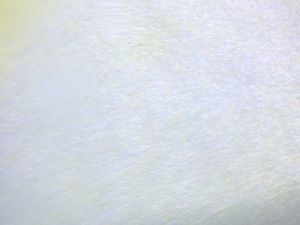
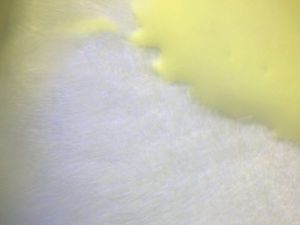
Although that looks quiet ordinary with only some linear features; this membrane is quiet remarkable. Since an embryo growing inside an egg (if it was fertilized) would have to breadth – the shell allows diffusion of gases. But the shell and the membrane provides a fantastic barrier against all microscopic invader (such as bacteria); otherwise an egg would be such a fertile ground for bacteria to invade.
The egg membrane is primarily made of collagen; the most abundant protein found in mammals. We are almost 30% collagen. It’s an axing material and almost all of connective tissue in your body (tendons) and a lot of extra cellular matrix in most organs is made of collagen. Although we can’t visualize proteins directly with light microscopy that easily (protein crystals can be imaged with light microscopes) the membrane has a contrast that you can see clearly in the images.
I wonder how many layers are present in what appears to be a very thin film. It’s been proposed that these membrane might have wound healing and anti-microbial activity when grafted in wounds – but I have only seen small clinical trials and no really conclusive study on the same. That would be a fantastic use of these abundant material we just toss out.
So next time you break an egg; think about all the remarkable structure that makes this beautiful protective shell.
The egg membrane is primarily made of collagen; the most abundant protein found in mammals. We are almost 30% collagen. It’s an axing material and almost all of connective tissue in your body (tendons) and a lot of extra cellular matrix in most organs is made of collagen. Although we can’t visualize proteins directly with light microscopy that easily (protein crystals can be imaged with light microscopes) the membrane has a contrast that you can see clearly in the images.
I wonder how many layers are present in what appears to be a very thin film. It’s been proposed that these membrane might have wound healing and anti-microbial activity when grafted in wounds – but I have only seen small clinical trials and no really conclusive study on the same. That would be a fantastic use of these abundant material we just toss out.
So next time you break an egg; think about all the remarkable structure that makes this beautiful protective shell.
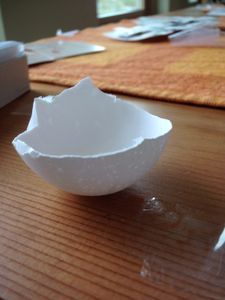
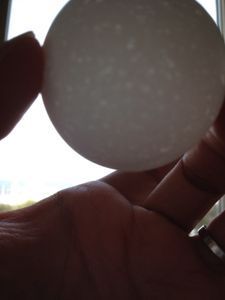
Cheers
Manu
Manu
Sign in to commentNobody has commented yet... Share your thoughts with the author and start the discussion!

 0 Applause
0 Applause 0 Comments
0 Comments
















